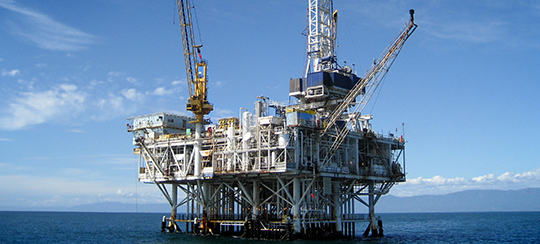Extraction

Where does liquefied petroleum gas come from?
The formation of crude oil began around 500 million years ago. During the Palaeozoic, planktonic organisms were deposited on the seabed. Due to rising temperatures and pressure, they were converted to crude oil and natural gas - leading to the by-product liquefied petroleum gas.
How is liquefied petroleum gas obtained?
Liquefied petroleum gas is obtained during the mining and refining of natural gas and crude oil. These fossil fuels consist of various hydrocarbons. During the refinement of crude oil through atmospheric distillation, these hydrocarbons are ordered by molecular size and further processed to remove undesirable elements. The liquefied petroleum gas energy source is then separated off as the lightest fraction and its hydrocarbons are further refined in additional processing steps.
Our qualities
Liquefied petroleum gas is free from fine particulate matter, low-sulphur, and has excellent environmental values. The cleaner alternative to other fossil resources, it is therefore used for renewable energies, too. Tyczka Trading & Supply ensures the reliable delivery of liquefied petroleum gas in the form of propane, butane, and mixtures as per DIN and other European standards.
Looking safely to the future
The available amounts of liquefied petroleum gas will continue to grow. This is partly due to the intensification of general energy production with liquefied petroleum gas being obtained along with other energies as a natural energy source. In addition, it is obtained during the processing steps for the generation of liquefied natural gas.
